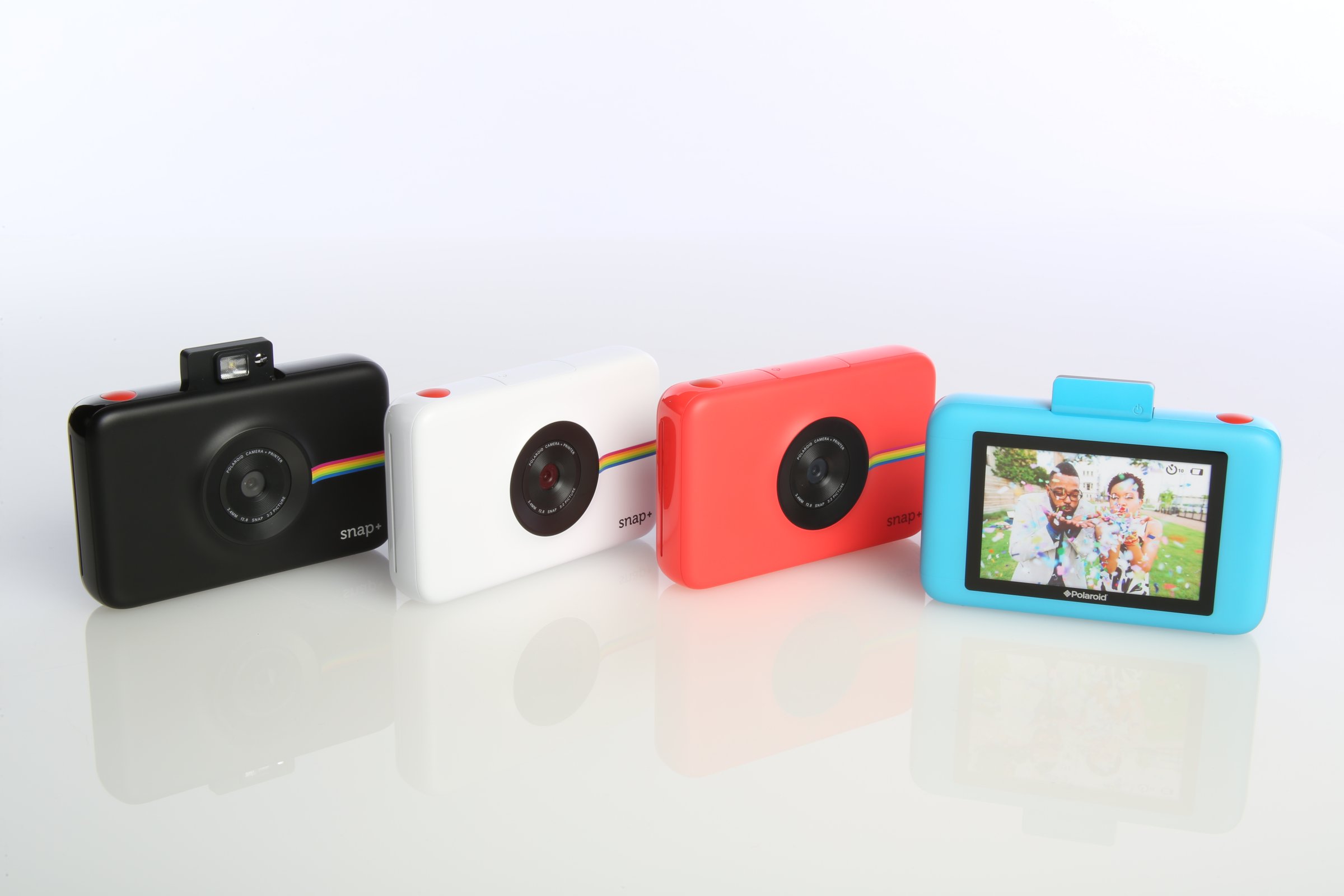
Nostalgia is a powerful force. The faintest smell or sound of something familiar can instantly transport you backwards in time, no flux capacitor required. Internet publishers have long known nostalgia’s power to compel clicks — that’s why your Facebook feed is littered with stuff like “Things Only a 90’s Kid Will Understand.”
Now, technology companies are learning this Jedi mind trick too. Firms in a field better known for being on the leading edge are scouring their back catalog for anything that might sell with a “retro” cachet. Appropriately, it’s happening mainly with brands whose best days are behind them. Perhaps they’re hoping their customers remember that bygone era as fondly as they do.
Nothing is more emblematic of the nostalgia trend that the resurrection of Polaroid. The brand that became a household name on the back of instantly-developing photos has been through legal hell and back. Now, it’s busy churning out a well-reviewed lineup of cheeky photography gear sporting the company’s classic bright, bold colors.
Polaroid’s lineup at the CES trade show this year, like a camera that can print photos as well as upload them to the web, feel like a natural reaction to the Instagram era. It’s a company that’s asking: Is it a good thing that all of our photos exist solely on Facebook’s servers, rather than stuck on our fridge? Still, it’s an open question whether Polaroid’s resurrection will work as consumers continue doubting if they still really need a standalone camera.
But what Polaroid is doing has nothing — nothing — on a move by a rival photography brand of yesteryear. Wander over to Kodak’s CES booth this year, and you’ll find a prototype camcorder. Yes, a camcorder. Yes, it’s 2016.
But this is no record-video-to-a-flash-card affair. This bad boy shoots Super 8 film, the stuff revered by movie geeks across the world. The camera will be priced between $400 and $750, The Wall Street Journal reports, while processing the film will cost upwards of $50 a pop. Rich J.J. Abrams wannabees rejoice, I guess?
And then there’s Sony. It doesn’t fall into the same category as Polaroid or Kodak. Sure, it’s no longer the dominant force in consumer electronics that it once was. But successes like the PlayStation 4 have kept the company from joining the ranks of the once-great, now-late. Still, it’s also dipping its toes in the pool of its corporate past.
10. Microsoft HoloLens
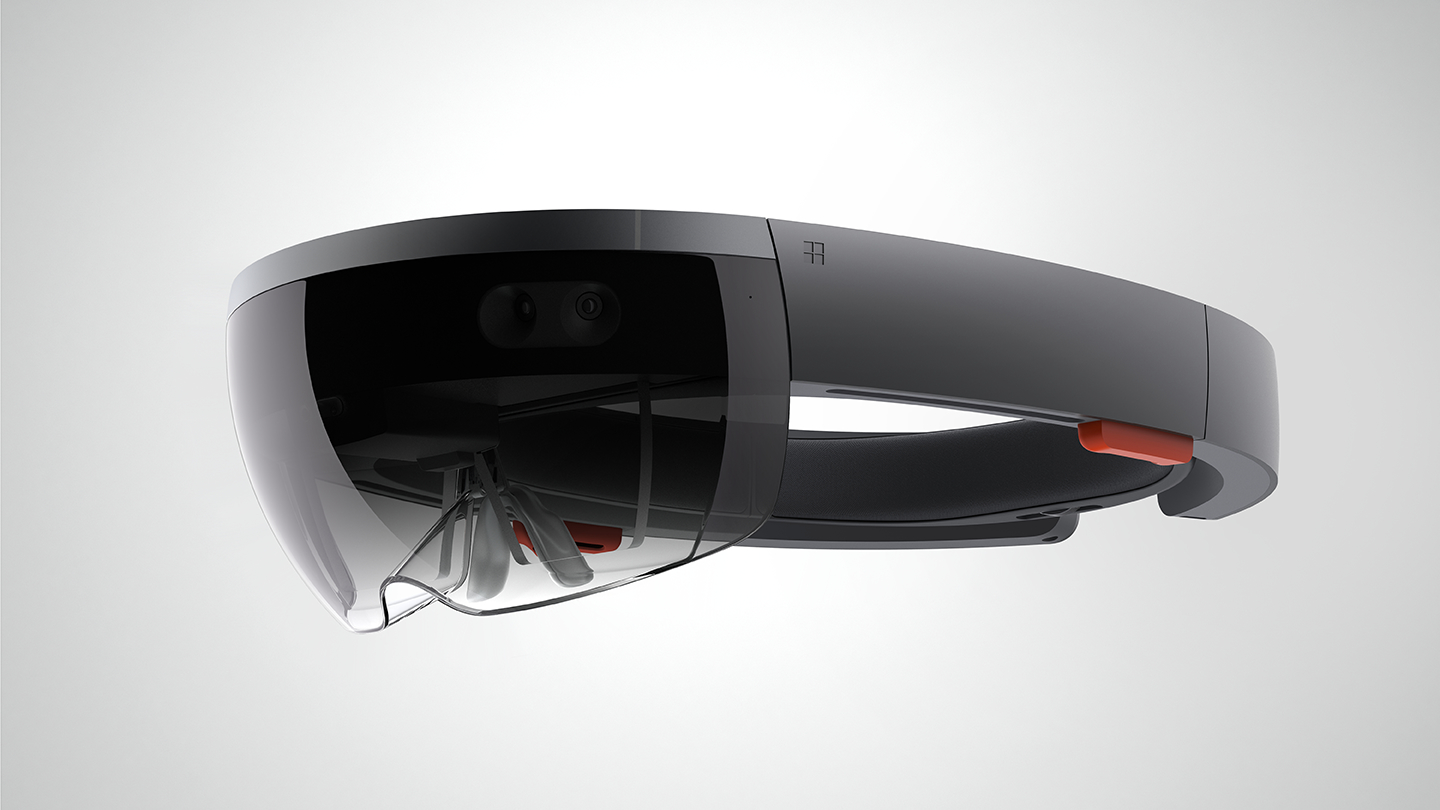
While much of the technology world is gaga over virtual reality, Microsoft is making a big bet in a similar-sounding but very different direction: Mixed reality. Wear the HoloLens, and holographic images will suddenly appear around your physical environment. The headset is potentially useful for professionals from surgeons to space astronauts.
9. Self-balancing scooters
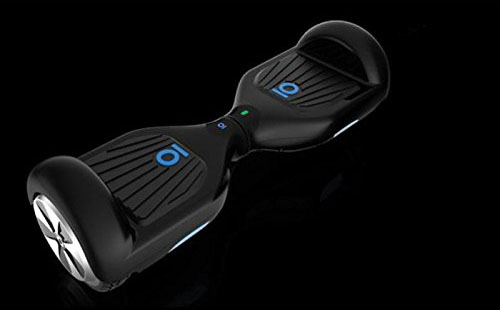
After stars like Justin Bieber and Wiz Khalifa were spotted zipping around on these things, they were suddenly everywhere. They’re bound to be a big hit this holiday season, but a copyright dispute may make them hard to find on store shelves.
8. Google self-driving car
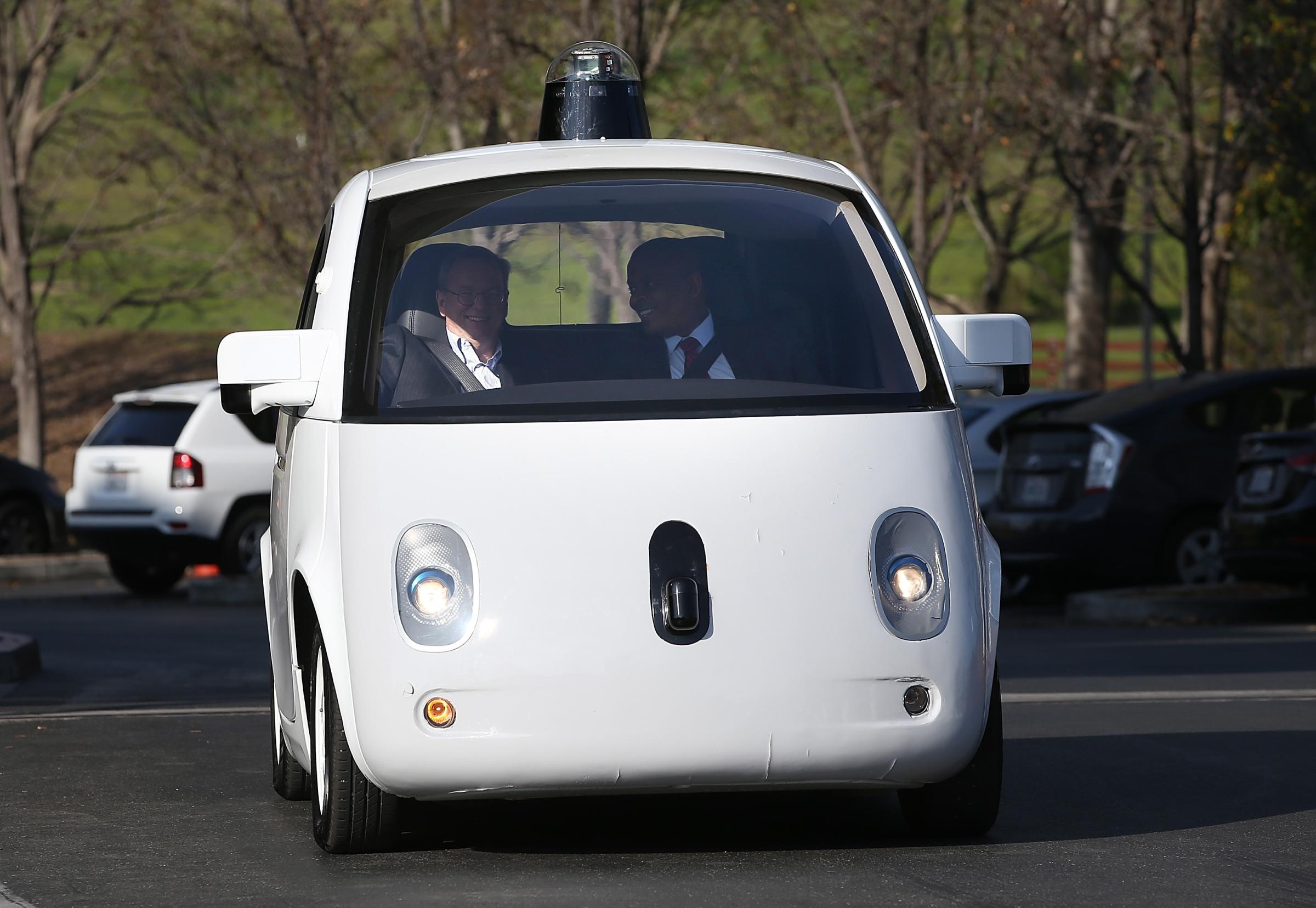
What happens to car design when humans don’t need to drive them anymore? Google’s self-driving car gives us a clue. It has a bubbly, Beetle-like exterior, while the interior ditches the suddenly unnecessary steering wheel. Google has no plans to bring this particular model to market; it’s merely a testbed for the company’s autonomous driving technology.
7. New Horizons Probe
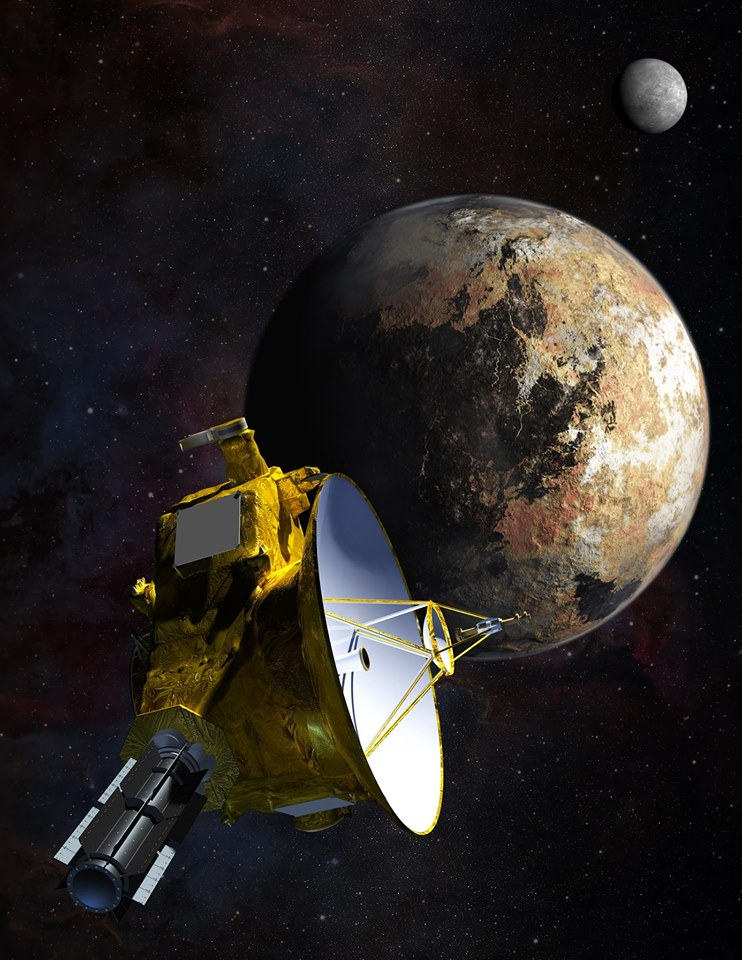
NASA’s New Horizons probe was launched way back in 2006. But its time to shine was July 14, 2015, when the craft came within 7,750 miles of Pluto, snapping photos as it passed. Shortly thereafter, New Horizons started beaming back valuable data about our far-off celestial neighbor, including the most high-resolution and, frankly, stunning imagery we’ve ever seen.
6. OnePlus 2
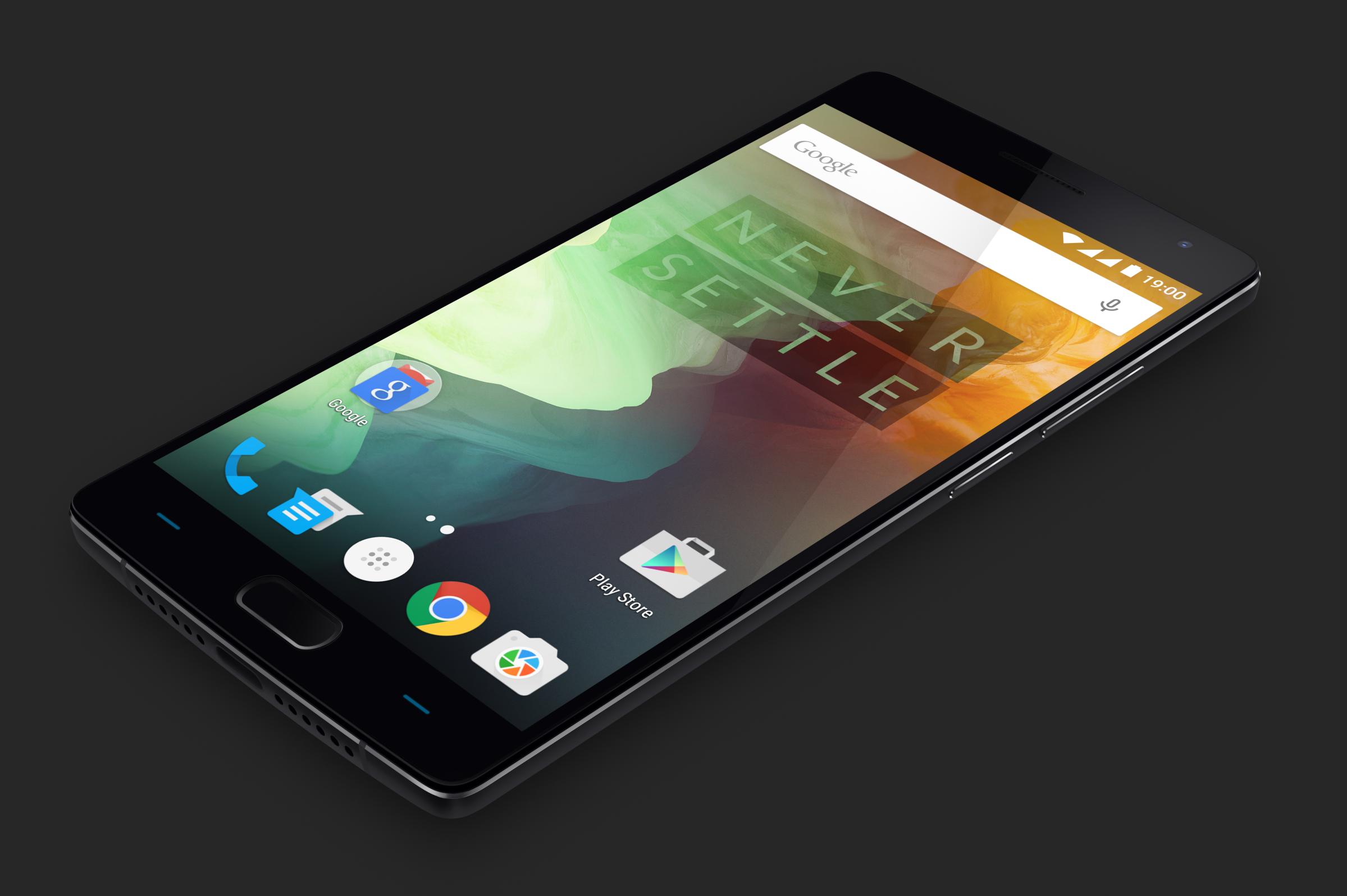
Chinese smartphone maker OnePlus is a small fish in a very big pond, but it stands to grow very quickly. Its latest flagship phone, the OnePlus 2, offers top-notch specs at an entry-level price: $329 with no contract. The catch? Shoppers need an invite to buy one, a stipulation that’s only added to the hype around this Android handset.
5. The DJI Inspire

Close your eyes and imagine a drone — not the military kind, but the type you might see zipping around above your local park. Odds are, the design you’re imagining looks like DJI’s Phantom series, one of the most popular models out there. The Inspire is the Phantom’s bolder, more expensive cousin, looking like something that beamed down from an alien planet to record aerial footage of Earth.
4. Garmin Varia
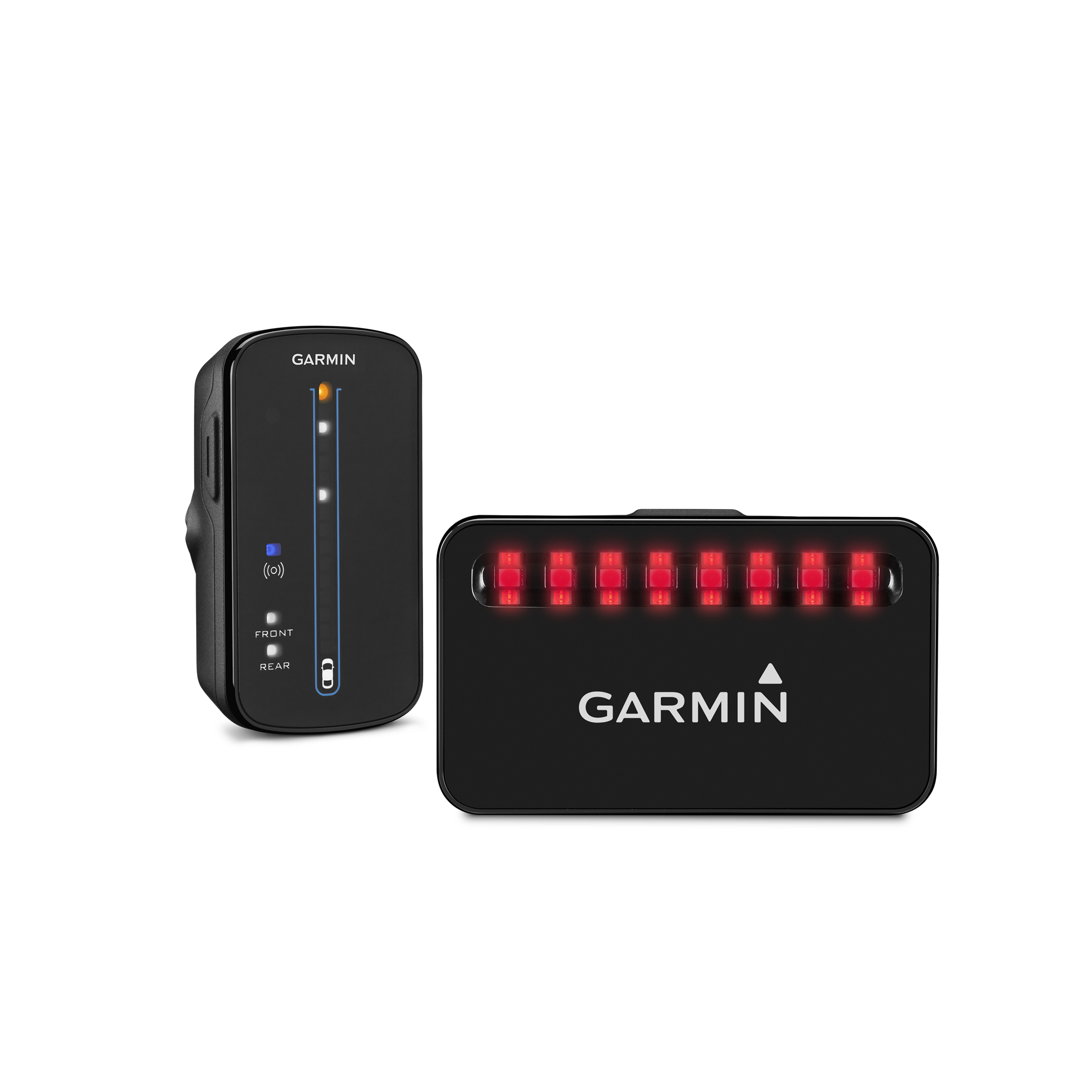
741 people were killed in bicycle-related roadway deaths in 2013, according to government data. One solution could be the Garmin Varia, which takes your boring old bike and adds a high-tech radar display, alerting you when cars are approaching from behind. That situational awareness should make cycling on busy roads much safer.
3. LittleBits Gizmos & Gadgets kit
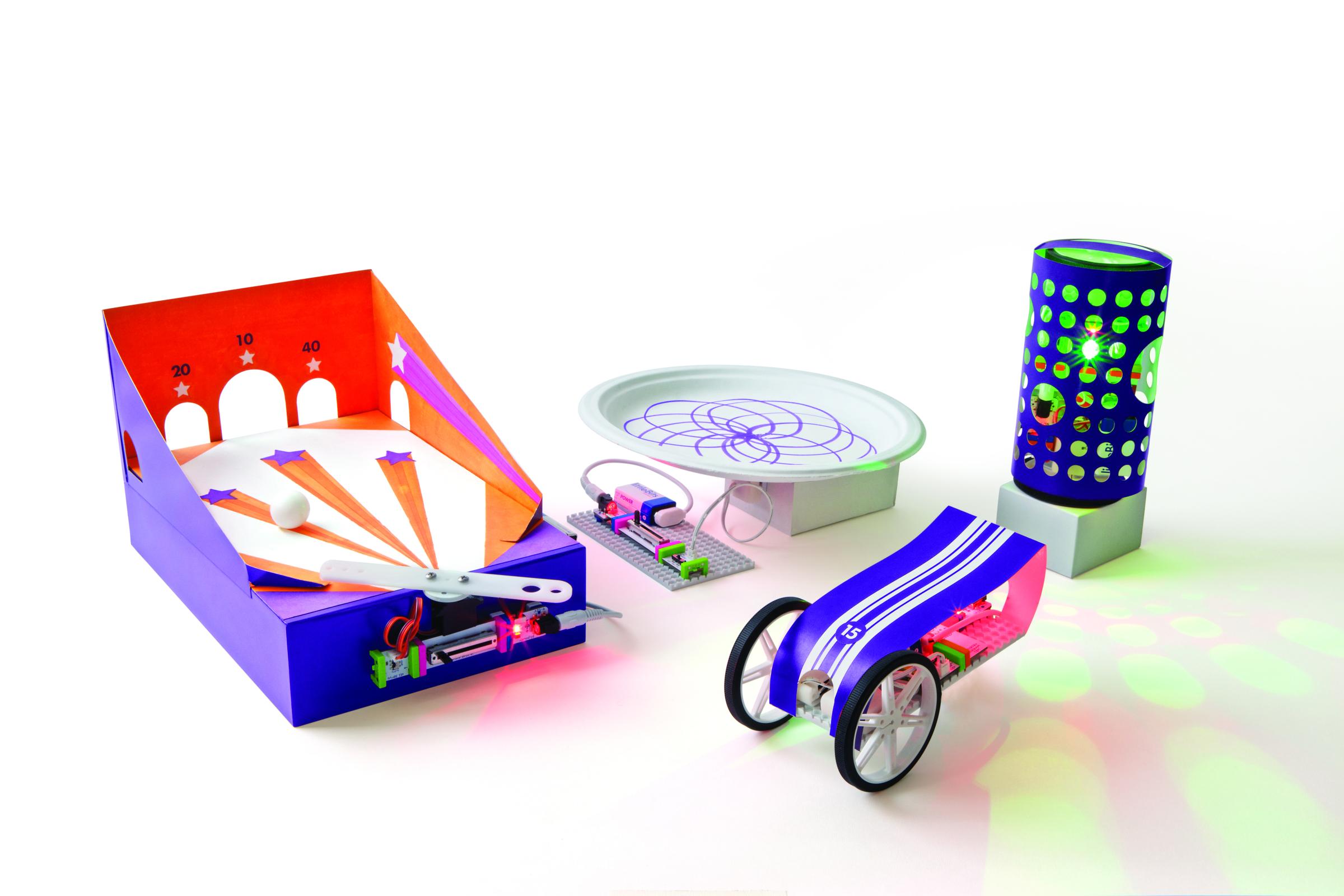
Parents are hearing all the time about how important it is for their children to learn STEM skills — that is, science, technology, engineering and math. One way to help young ones get some hands-on tech time is with LittleBits’ Gizmos & Gadgets kit, a pack of color-coded circuits, control boards and wiring that helps kids learn how their video game consoles and smartphones actually work under the hood.
2. Samsung 16TB SSD

It might sound silly to get excited over something as simple as a hard drive, but Samsung gives us good reason here. This new drive is among the biggest SSD hard drives ever made — in terms of storage space, not physical dimensions. The drive can hold up to 16 terabytes of data; an entry-level iPhone stores less than 2% of that.
1. Light L16

Even as smartphones largely replace point-and-shoot cameras, there’s plenty of interesting experimentation happening in photography. One example is the Light L16 camera, a futuristic-looking shooter that’s really 16 separate cameras in one. For each image, the L16 uses up to 10 of its lenses at once, then blends those shots into a high-quality amalgamation. Shooters can also adjust the depth of field of their image after it was taken, impossible with most cameras.
One of the most buzzed-about products at last year’s CES was Sony’s revamped Walkman. It got attention for two reasons: First, the kinds of people who attend CES are the kinds of people who carried around the original Walkman portable cassette player back in the day, jamming out to their all-Rush mixtapes (guilty!). Second, there was the price: An eye-popping $1,100-plus. Sure, the back-from-the-dead Walkman was aimed at high-end audiophiles. But spending more than $200 or so on an audio player in 2015? Walk, man. This year, Sony is back at it, though under far more reasonable terms.
Nostalgia can certainly drive sales. Just ask Nintendo, a company that has smartly leveraged its aging intellectual property while simultaneously injecting new life. But playing on shoppers’ fond memories can only go so far. Slapping a familiar name on an inferior product won’t fool anybody in the long run. Resurrecting a legacy brand to raise awareness about a great new device, though — that might just work.
More Must-Reads From TIME
- The 100 Most Influential People of 2024
- Coco Gauff Is Playing for Herself Now
- Scenes From Pro-Palestinian Encampments Across U.S. Universities
- 6 Compliments That Land Every Time
- If You're Dating Right Now , You're Brave: Column
- The AI That Could Heal a Divided Internet
- Fallout Is a Brilliant Model for the Future of Video Game Adaptations
- Want Weekly Recs on What to Watch, Read, and More? Sign Up for Worth Your Time
Contact us at letters@time.com